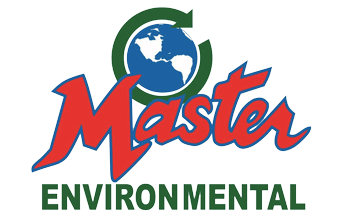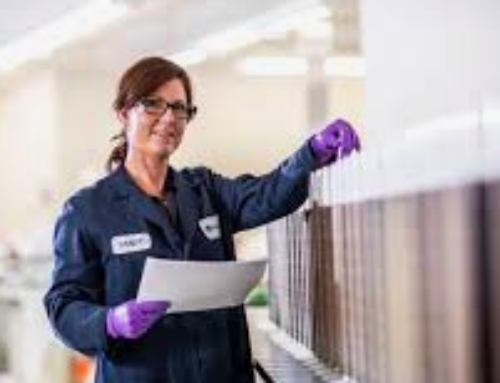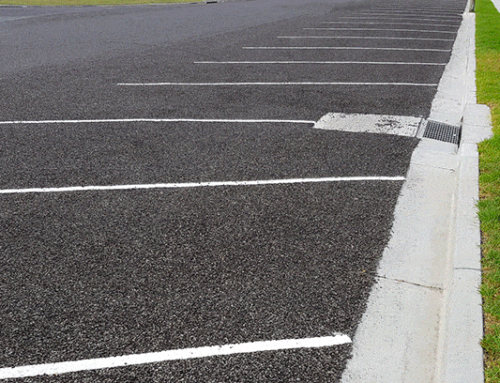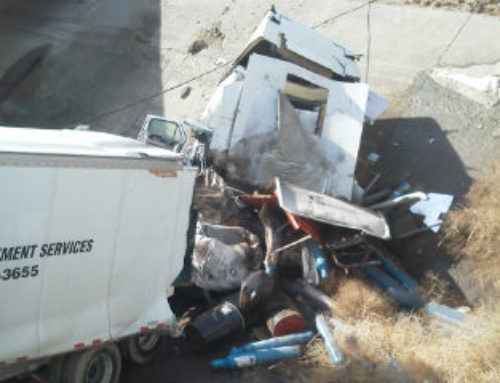Analytical testing and waste characterization are two important aspects of waste management that often go unnoticed. However, these two processes play a critical role in ensuring that our everyday lives are running smoothly. Without analytical testing, we would not be able to accurately assess the quality of our water supplies or the environmental impact of our industrial activities. And without waste characterization, it would be difficult to identify and manage different types of waste materials. This blog post will discuss the importance of analytical testing and waste characterization, and explain why we need to do these things on a regular basis.
What is Analytical Testing?
Analytical testing is the process of analyzing a sample to determine its composition. This can be done for many different purposes, such as to assess the quality of water supplies or to monitor environmental pollution. analytical testing is important because it allows us to identify problems and take corrective action before they cause serious damage.
Problems Found from Analytical Testing
Analytical testing can be used to find a wide variety of problems, such as contamination in water supplies or environmental pollution. analytical testing can also be used to assess the quality of products or materials. For example, analytical testing can be used to determine whether a particular batch of steel meets the required standards.
Possible water contaminations include:
-Bacteria
-Viruses
-Protozoa
-Worms
-Larvae
Types of analytical tests used to detect water contamination:
-Turbidity test: This test measures the amount of suspended particles in water. The higher the turbidity, the more likely it is that water is contaminated with bacteria or other microorganisms.
-pH test: This test measures the acidity or alkalinity of water. Water that is too acidic or too alkaline can be harmful to human health.
-Chlorine test: This test measures the amount of chlorine in the water. Chlorine is added to water to kill bacteria and other microorganisms. However, too much chlorine can be harmful to human health.
– Fluoride test: This test measures the amount of fluoride in water. Fluoride is added to water to prevent tooth decay. However, too much fluoride can be harmful to human health.
Possible environmental pollutions include:
– Air pollution
– Water pollution
– Soil pollution
– Noise pollution
Analytical tests used to detect environmental pollution:
– Air quality test: This test measures the amount of pollutants in the air. The higher the level of pollutants, the more likely it is that there is environmental pollution.
– Water quality test: This test measures the amount of pollutants in water. The higher the level of pollutants, the more likely it is that there is environmental pollution.
– Soil quality test: This test measures the amount of pollutants in soil. The higher the level of pollutants, the more likely it is that there is environmental pollution.
– Noise pollution: This test measures the level of noise pollution. The higher the level of noise pollution, the more likely it is that there is environmental pollution.
How often should analytical testing be done?
Analytical testing should be done on a regular basis, depending on the type of problem that is being monitored. For example, water quality may need to be tested daily, while environmental pollution may only need to be tested weekly or monthly.
What is Waste Characterization?
Waste characterization is the process of identifying and classifying different types of waste materials. This is important because it helps us to understand the composition of waste, which helps us to develop more effective recycling and disposal strategies. Waste characterization also helps us to identify hazardous materials that need special handling and disposal.
What hazardous materials might waste characterization help identity?
Waste characterization can help identify hazardous materials, such as asbestos or lead. These materials need to be handled and disposed of carefully to avoid causing harm to people or the environment.
How often should waste characterization be done?
The waste characterization should be done on a regular basis, particularly if the composition of waste is likely to change. For example, waste characterization may need to be done more often if a manufacturing process is changed or if new products are introduced.
What happens after analytical testing and waste characterization?
After analytical testing and waste characterization, it is important to take corrective action if necessary. For example, if analytical testing reveals that a water supply is contaminated, steps must be taken to clean the water before it is used again. If waste characterization reveals that a particular type of waste is hazardous, steps must be taken to insure that it is disposed of properly. Corrective action is important because it helps to prevent serious problems from occurring in the future.
Choose the Best: Master Environmental
Master Environmental has over 25 years of experience in analytical testing and waste characterization. We have a team of highly skilled and experienced professionals who are dedicated to providing our clients with the best possible service. We use state-of-the-art equipment and analytical methods to ensure that our clients receive accurate and reliable results.
Analytical testing and waste characterization are two important aspects of waste management that we need to do on a regular basis. These processes help us to keep our environment clean and safe and to make sure that our everyday lives are running smoothly. Contact us today if you’re in need of any analytical testing and waste characterization, you’ll be in the best hands.
LET’S GET STARTED
Do you need help with waste management? Fill out this form to get in touch.








